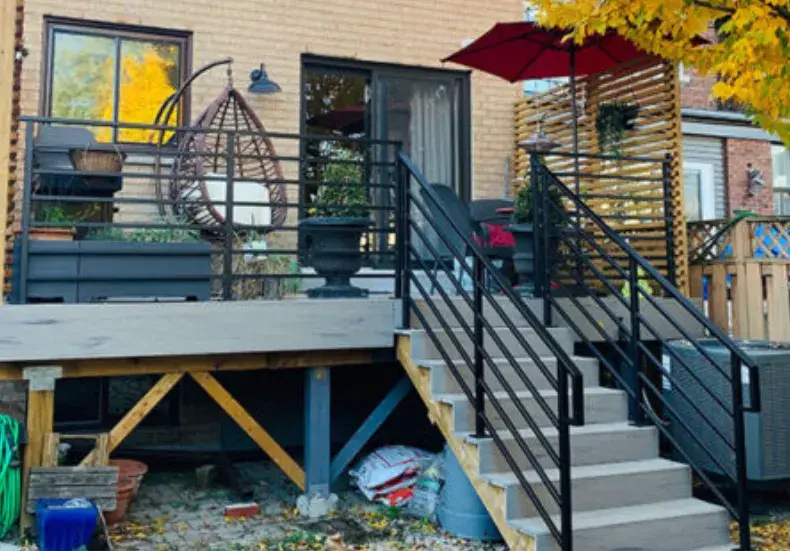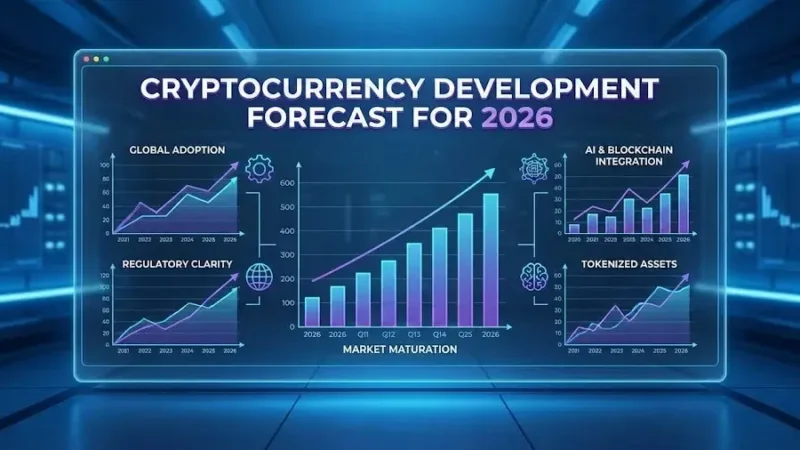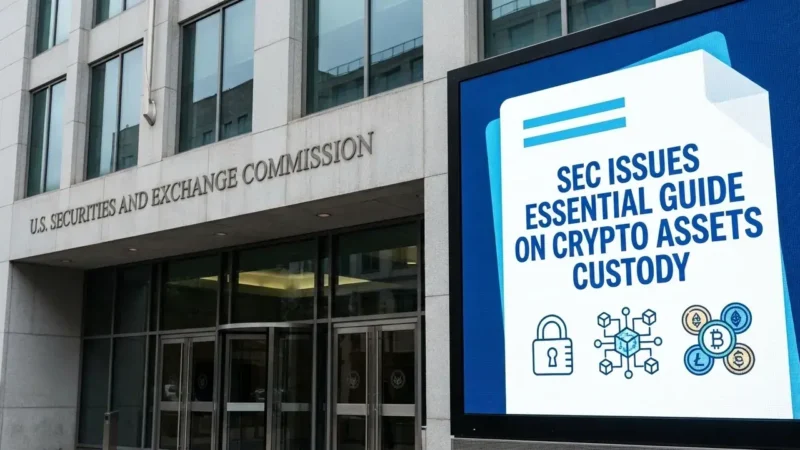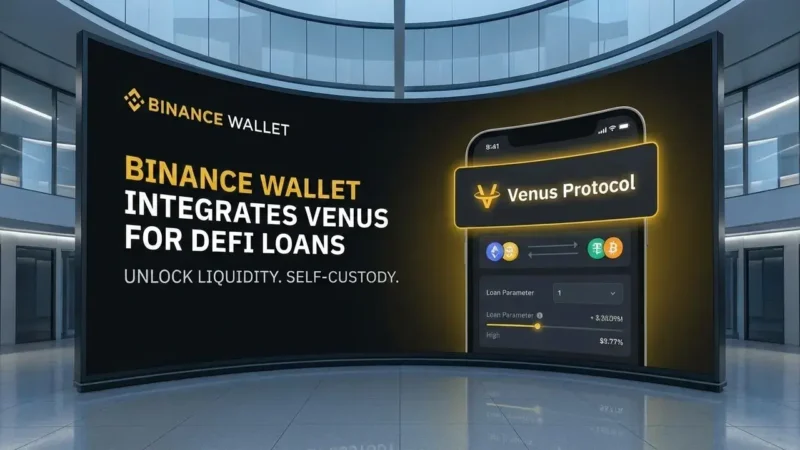Using Blockchain Technology in Making Stairs and Railings in GTA

Blockchain technology has found numerous applications across industries, from finance to healthcare, and more recently, it has been explored in gaming. A particularly unique and futuristic idea is the integration of blockchain technology in the design and construction of virtual architectural elements like stairs and railings in games such as Grand Theft Auto (GTA). While this might seem like an abstract or overly ambitious concept, the potential applications of blockchain in virtual design and asset creation within games are vast. This article explores how blockchain technology could enhance the design, creation, and distribution of architectural elements, specifically stairs and railings, in a game environment like GTA.
Understanding Blockchain Technology in Gaming
Blockchain is a decentralized, immutable ledger that records transactions across multiple computers in a way that guarantees security, transparency, and data integrity. While blockchain is primarily known for its role in cryptocurrency, its decentralized nature has opened the door to many possibilities, particularly in the gaming world. In gaming, blockchain enables decentralized ownership of in-game assets, secure trading, and even content creation.
In the context of architectural elements like stairs and railings in GTA, blockchain can be used to track and authenticate the creation and ownership of these virtual assets. By doing so, game developers and players can benefit from a more robust, secure, and dynamic gaming experience.
How Blockchain Can Be Applied to Virtual Stairs and Railings
- Decentralized Asset Ownership Players or designers can create custom staircases, railings, or other architectural elements and register these designs on the blockchain. This ensures that the creator maintains ownership of the design and can transfer or sell it to other players. Blockchain enables a verified record of who created the asset and its ownership history, which is important for creators who invest time and effort into developing intricate designs.
- Smart Contracts for Asset Trading Smart contracts—self-executing contracts with terms directly written into code—can facilitate the buying, selling, and trading of these virtual stair and railing assets. For example, if a player wants to purchase a custom-designed staircase for their in-game property, the smart contract could automatically execute the transaction, transferring both ownership of the asset and the in-game currency in a seamless and secure manner.
- Crowdsourced Design and Development By leveraging blockchain’s decentralized structure, game developers could open up the design of in-game assets to the player community. Players can contribute stair and railing designs, and through token-based incentives, developers can encourage innovation and creativity. Blockchain ensures that each contributor’s work is acknowledged and protected, avoiding plagiarism or unauthorized copying of designs.
- Digital Scarcity and Limited Edition Architectural Elements Blockchain technology enables the creation of limited edition or rare architectural elements within the game. A designer could create a limited number of unique stair or railing designs, each with a unique identifier registered on the blockchain. This scarcity model is appealing for collectors and players who want exclusive customization options for their in-game environments, leading to a new form of virtual asset trading and ownership.
- Improved Modding Ecosystem Modding, or modifying game content, has long been a popular aspect of games like GTA. By incorporating blockchain technology, game developers can enhance the modding ecosystem. Mods involving custom stairs or railings can be verified on the blockchain, ensuring that creators are credited and, if desired, compensated for their work. Additionally, blockchain can ensure that mods are secure and free from tampering, which is particularly important for maintaining the integrity of the game environment.
Benefits of Using Blockchain for Virtual Architectural Elements
- Security and Authenticity Blockchain ensures that the creation and distribution of virtual staircases and railings are secure. Players and developers can verify the authenticity of assets, reducing the likelihood of fraud or unauthorized duplication.
- Monetization Opportunities Players who have design skills can monetize their work by selling virtual staircases and railings as non-fungible tokens (NFTs) or other blockchain-registered assets. This opens up new revenue streams for both developers and players.
- Player-Driven Customization With blockchain, players can take a more active role in shaping the game world. Custom designs for architectural elements allow for a greater level of personalization, giving players more control over their gaming environments. This also fosters a more immersive and engaging experience.
- Interoperability Across Games One of the most exciting prospects of blockchain is the potential for interoperability. A staircase or railing created in GTA could be used in other games or virtual worlds if those environments also support blockchain-registered assets. This cross-game compatibility offers players greater freedom and utility for the virtual goods they acquire.
Challenges and Considerations
While the potential of using blockchain technology to design stairs and railings in GTA is exciting, several challenges need to be addressed:
- Scalability: Blockchain networks, especially those that deal with large-scale transactions, can face scalability issues. Ensuring the seamless integration of blockchain with a high-demand game like GTA could be difficult without proper infrastructure.
- Environmental Impact: Many blockchain platforms, especially those based on proof-of-work (PoW) algorithms, are energy-intensive. Developers will need to consider more eco-friendly blockchain solutions such as proof-of-stake (PoS) systems to minimize the environmental impact.
- Adoption and Accessibility: Introducing blockchain-based architectural assets may require players to have a basic understanding of how blockchain works, which could create a barrier to entry. Simplifying user interfaces and providing educational resources would be essential to ensure widespread adoption.
Stay informed, read the latest updates now!
Conclusion
The integration of blockchain technology into gaming, particularly for the creation of architectural elements like stairs and railings in GTA, represents an exciting frontier for both game developers and players. By leveraging blockchain’s decentralized nature, creators can enjoy more control over their designs, players can benefit from enhanced customization, and developers can foster a more dynamic in-game economy. While challenges exist, the future potential for blockchain in virtual asset creation is vast, and its application in games like GTA could revolutionize the way we think about digital design and ownership.




